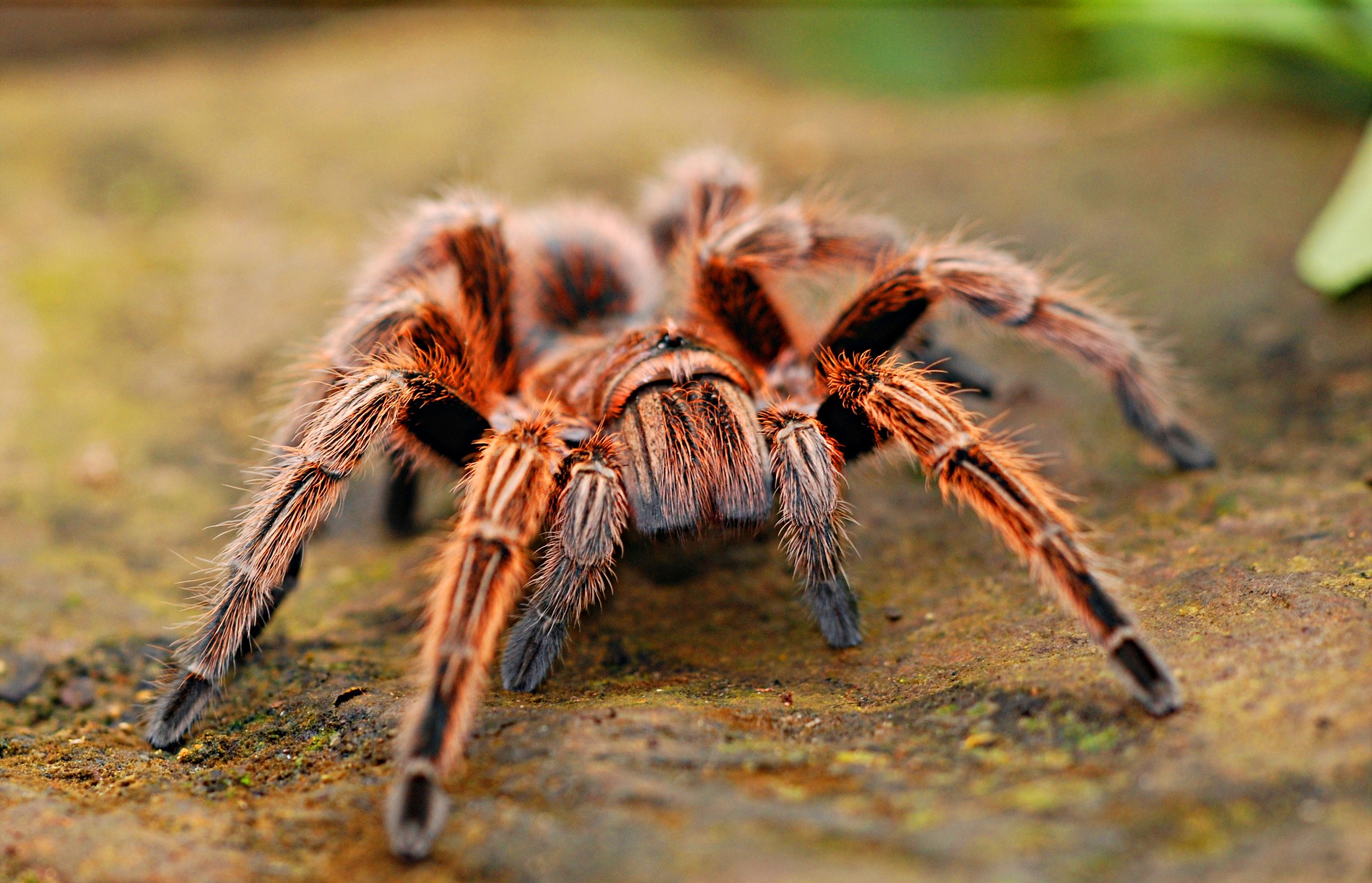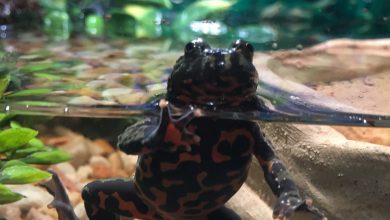Invertebrates: Spider Keeping Basics

Spiders are one of the easiest and least expensive exotic pets to keep. You only need a few supplies to get started with them, and their diet is simple.
Here are the basics to know if you are thinking about getting a pet spider.
Types of Pet Spiders
Here are the types of spiders most commonly kept as pets:
- Tarantulas
- Jumping spiders
Tarantulas are the most common pet spider and come in many different species.
Spider enclosure
One nice thing about keeping spiders (if you don’t have a lot of space available) is that they only need a small tank. About ten gallons is sufficient for many tarantulas and other common pet spiders. This is significantly less space than needed for a typical reptile or amphibian.
That being said, you never have to stick with the minimum enclosure size when it comes to exotic pets. The larger the enclosure you put them in, the more options you have for adding habitat décor or plants (if you want to go bioactive).
Enclosures for spiders can be glass or plastic. You can even use a basic plastic tub for a spider enclosure, as long as you add holes for air ventilation. For best ventilation, holes should go along the upper part of the container’s side walls.
Arboreal species (those that climb trees) will do better in vertical enclosures, and terrestrial (ground dwelling) spiders will do better in horizontal enclosures. All spiders will at least need a hide and a very small water dish in their enclosure.
Spider diet
As mentioned, spiders need water, but they are small, so it doesn’t take a lot. You can use a water cap or a plastic jar lid as a water dish.
Most spiders have a fairly simple insectivore diet and don’t require supplements. You can feed an adult spider about one to two times per week. In general, the insect you feed should be about the size of the spider’s abdomen, but no larger than that. Alternately, you can feed them several smaller insects. Jumping spiders are an exception to the prey size rule, as they can attack and eat prey as large as their whole body.
Spider handling
In general, spiders prefer not to be held, but some species are more docile and cooperative with handling than others. Never lift your spider out by hand. Instead, if you want to remove the animal from the enclosure, put your hand in front of their walking path and allow them to climb into your palm.
Once they’re in your hand, keep them close to a surface so they can’t be injured in a fall, and put one hand next to the other to allow them to walk from hand to hand.
If your spider is refusing to eat, you may be handling it too often and causing stress.
If a spider sounds like an interesting pet choice for you, come by The Tye-Dyed Iguana in Fairview Heights to take a look at our tarantulas, as well as other invertebrates.



